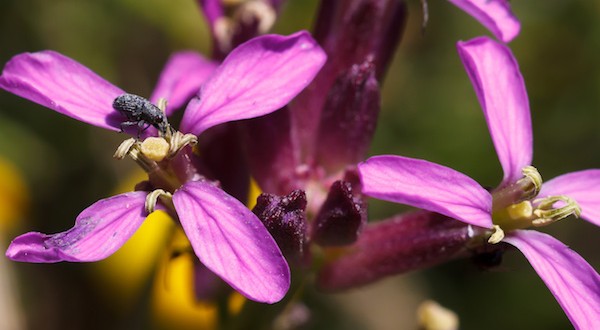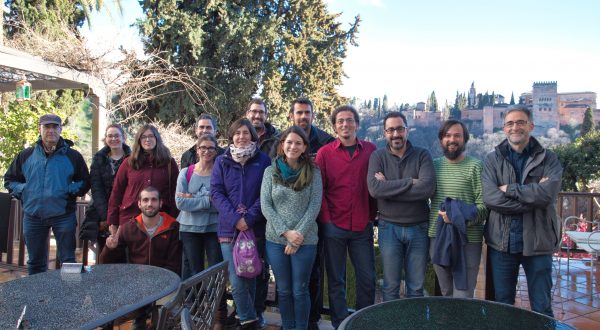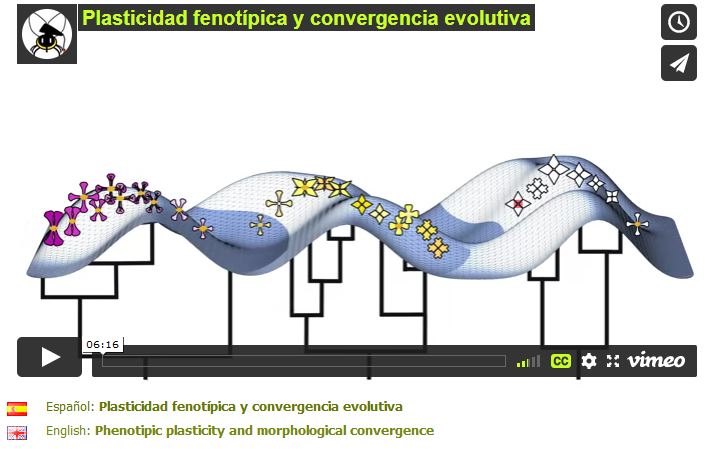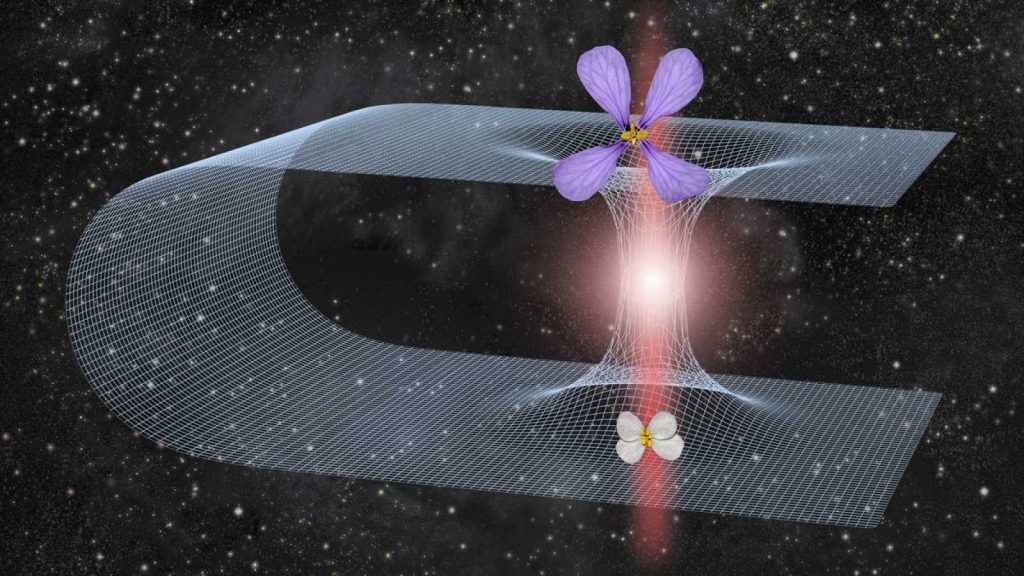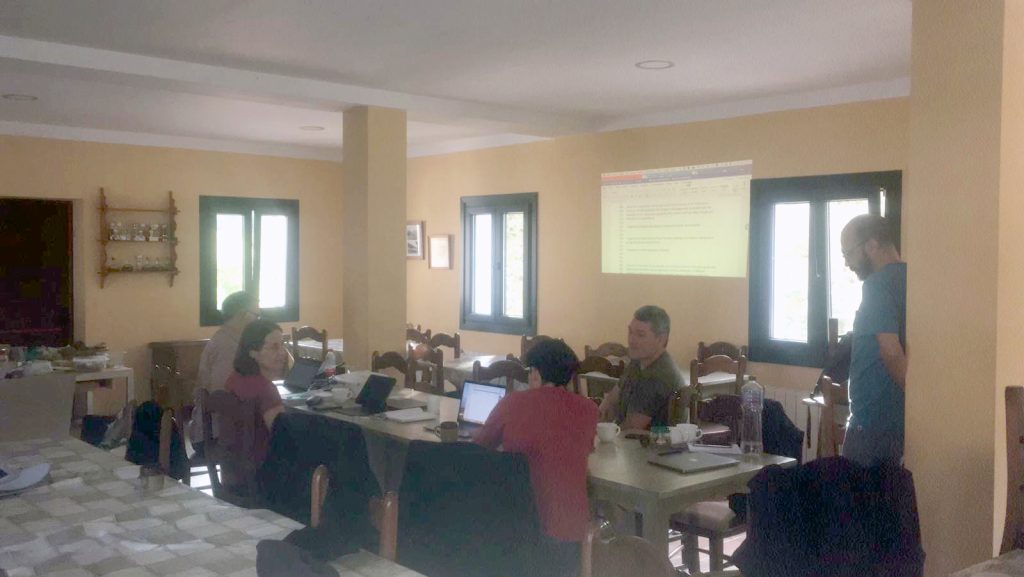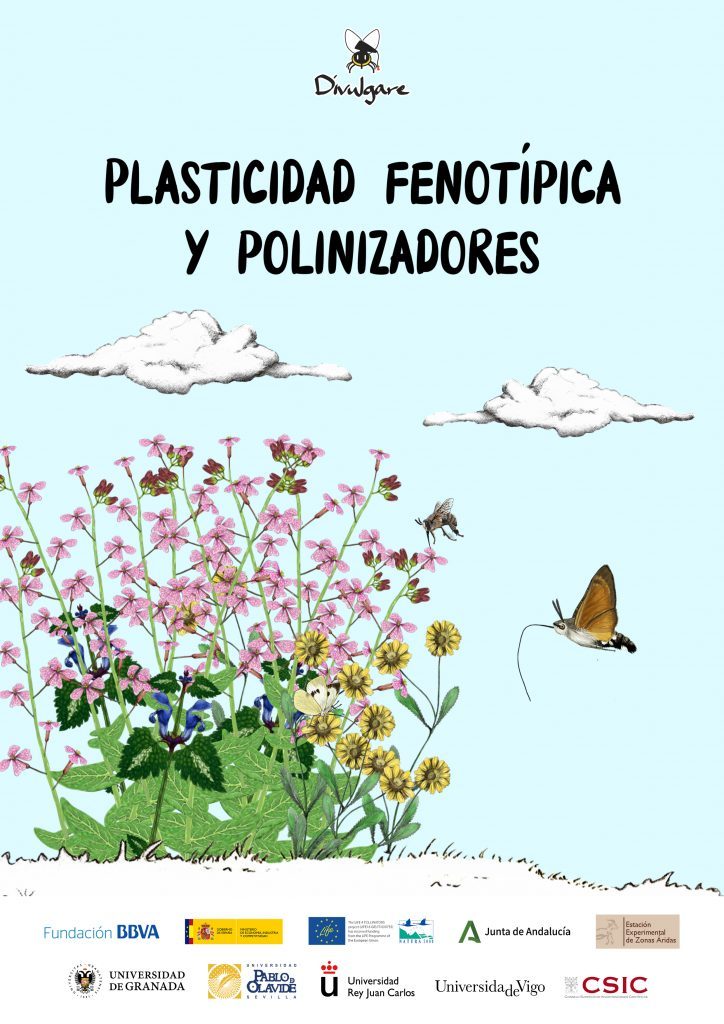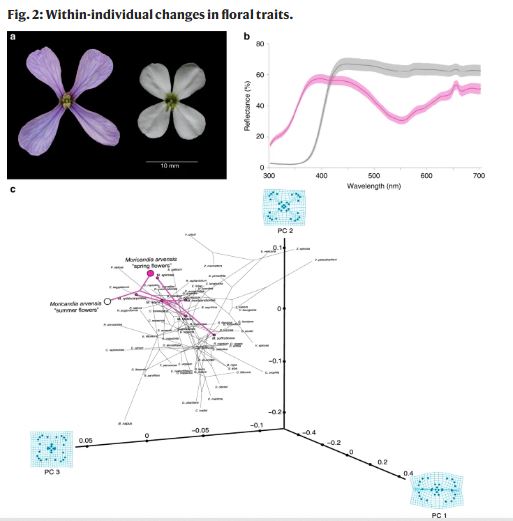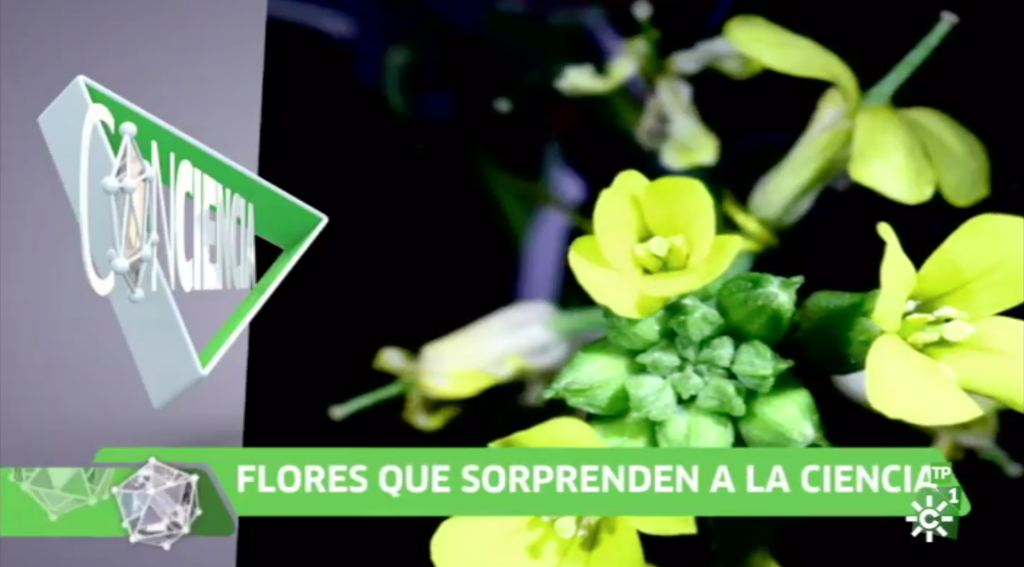Evoflor 3.0 – Evolutionary biology, Ecology, Genetics (original) (raw)
Evoflor is a multidisciplinary network of researchers studying diverse aspects of the evolution of plants, animals and their interactions. We integrate genetic, genomic, and ecological studies from theoretical and experimental perspectives. Since March 23rd, 2022, evoflor is a unit associated to CSIC through the Experimental Station of Arid Zones (EEZA).
Research
We are interested in a wide number of topics including the evolutionary biology of phenotypic plasticity, the ecology and genetics of floral evolution, the effects of pollinator diversity on plant reproduction, the speciation process, the functionality of pollination networks, etc.
People
The staff at evoflor. Scientists, graduate students, technicians, collaborators and past members
Publications
Our last publications. You can consult the abstract through the D.O.I. system or download the pdf file
Last posts in the blog
“Phenotypic plasticity guides Moricandia arvensis divergence and convergence across the Brassicaceae floral morphospace“… This is the title of our latest paper published in the New Phytologist journal. Do you find it difficult to understand?...
A new paper from our working group has just been published in New Phytologist journal. In this study we examine the role of phenotypic plasticity in the evolutionary processes of convergence and divergence, and...
Finalmente hemos podido volver a las reuniones de trabajo personales. Durante dos fines de semana del pasado mes de septiembre los miembros del grupo Evoflor nos hemos podido reunir en el incomparable marco del...
Si quieres saber un poco más sobre plasticidad fenotípica y polinización, este vídeo te interesa… Cuando en el año 2008 comenzamos a elaborar vídeos de animación para transferir al conjunto de la sociedad la...
Phenotypic plasticity, climate change and pollinators A drastic change in floral phenotype causes the same plants to attract different pollinators and reproduce in harsh climates Phenotypic plasticity is the ability of a genotype to...
Nuestra investigación sobre el movimiento de los estambres en Erysimum incanum, publicada en la revista The American Naturalist, está teniendo gran repercusión en los medios. De hecho está clasificado como en el 5% superior...
